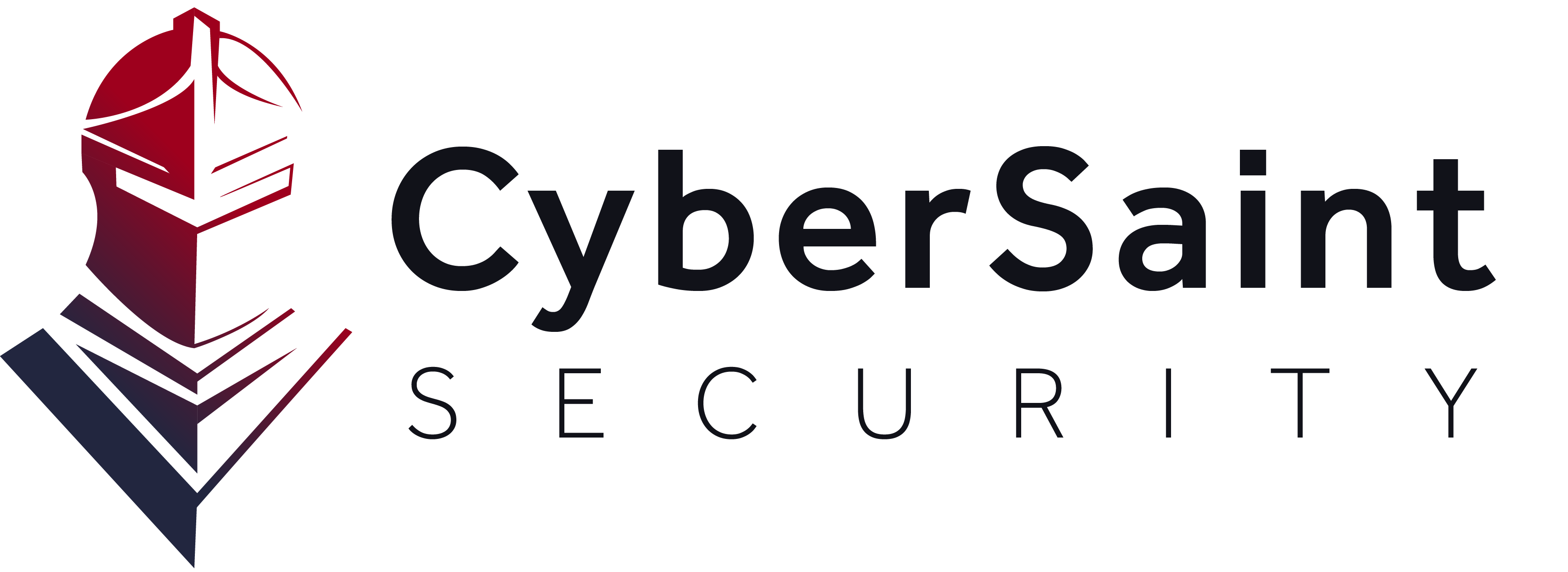Nathan Fisher has been in both the public and private sector—first as a special agent at the FBI and now, out of the federal game, as a special assistant of sorts, helping companies navigate efforts of digital transformation.
To Fisher, current managing director at the pro-services firm StoneTurn, a catch-all term like “digital transformation” sometimes only refers to a modernization of existing technologies—more than 10 years ago, at the FBI, that meant DOS, the early, command-line-based operating system.
“In 2009, I would not have expected, going into something as reputable as the FBI, that I’d be learning a DOS-based system,” Fisher told IT Brew, adding, “I’m thankful to say and very happy to report that the FBI quickly modernized, transformed, updated that system” to a proprietary database and indexing setup.
At the IT Brew event, “Government Gone Digital,” an attendee had the following question about digital efforts in public agencies—and what kinds of tech to expect.
I’m a part of a new government administration and most of my experience is digital transformation in the private sector. What are the big differences between digital transformation in the public vs private sector?
We posed the question to industry pros, including Fisher, Andy Ho, Senior Manager of AI and Data at the pro-services firm EY, and Padraic O’Reilly, Founder and Chief Innovation Officer at the risk-management company CyberSaint.
Fisher’s first recommendation: Manage expectations.
The responses below have been edited for length and clarity.
O’Reilly: I have seen transformative projects inside federal; they may take a bit more time, because they have to be run through so many different layers in the bureaucracy, but it can be done.
Fisher: Budgetary cycles in the government are pretty much fixed in stone. Sometimes you’re just beholden to that timeline.
O’Reilly: I think it’s really just making sure that you get all parties involved in a project, thoroughly bought in on (a digital transformation project). And that can be quite the lift inside a large agency.
Ho: There are a lot more legacy systems in the public space, where you have systems that are working well, and they’ve been working for decades. If you want to sunset that, you need to make sure that you capture all of those many, many decades of data, as well as processes and scripts that go with the applications, and then modernize that. So, in that sense, it’s more measured versus a private company that may not have been around for 30-plus, 40-plus years.
Fisher: The best strategy is a collaborative approach. We see this often, where the public sector partners with the private sector for the private-sector solutions that are available. Being able to partner with commercially made products: I find that that is often a more efficient way to pursue these sorts of changes, to remove some of the internal R&D requirements.
O’Reilly: Show them how it’s worked somewhere else, and make the case that with relatively efficient use of internal resources, similar results can be had…You can set up a small demonstration environment and show what it would look like.
Fisher: At some level, some public entities may have a higher demand for security considerations, a higher requirement for protections in place. There’s going to be a level of due diligence that needs to be conducted to assess those commercially available options to make sure that they’re going to meet the threshold that the government may need. But there are a lot of commercial entities who are keeping that in mind and preparing solutions that meet those needs.










